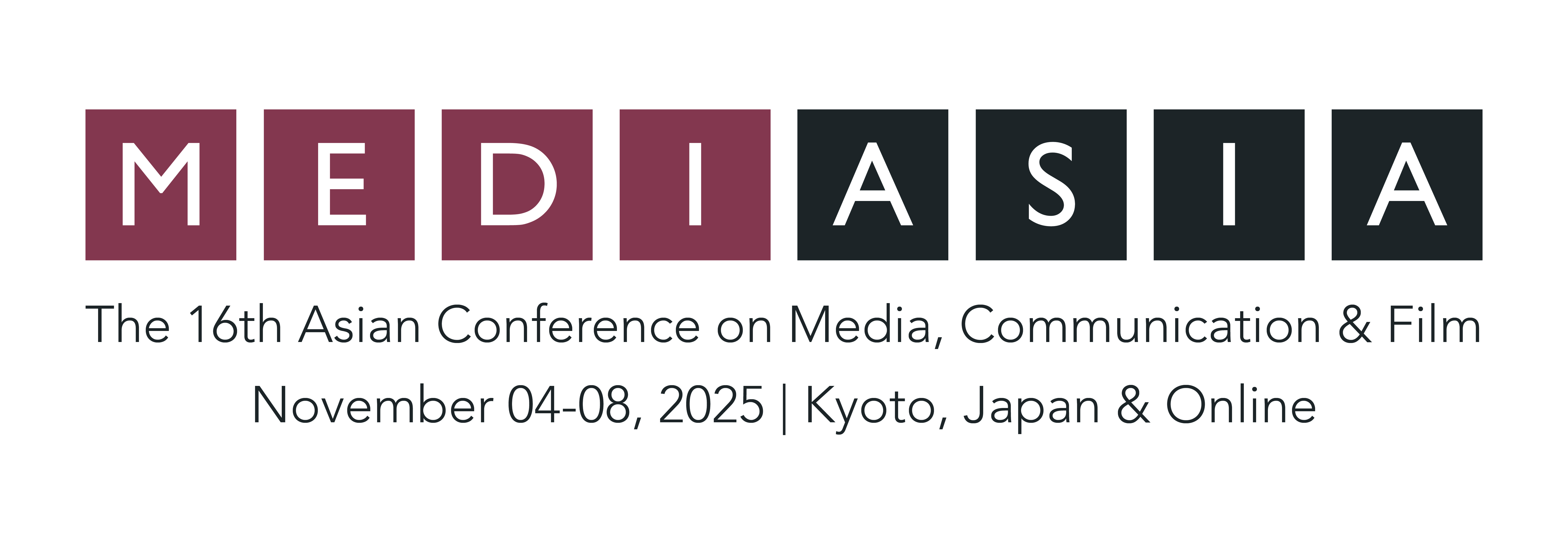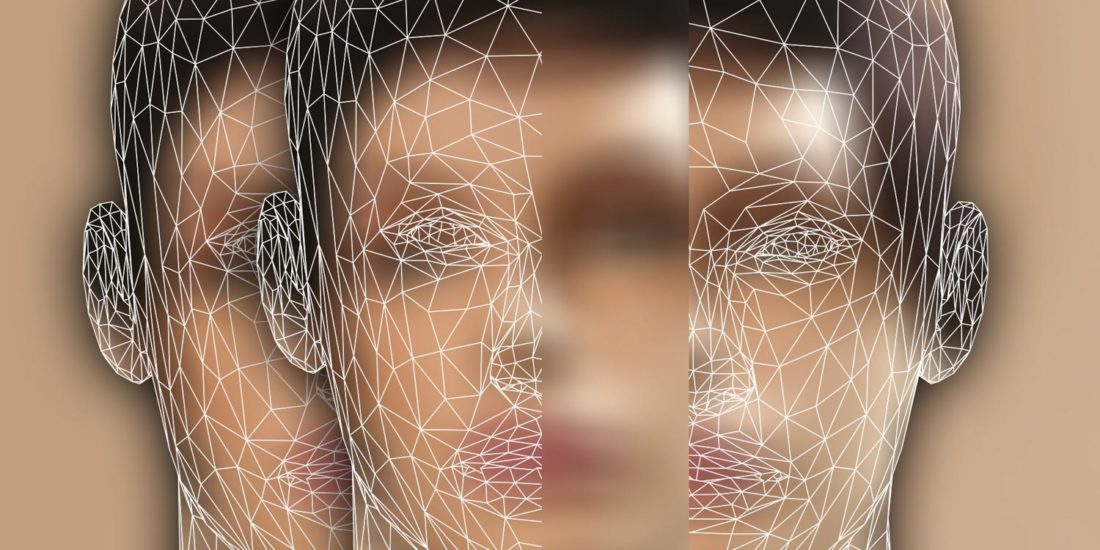For more than a century, audio and video have functioned as a bedrock of truth in our society. Not only have sound and images recorded our history, they have also informed and shaped our perception of reality. But some people question the facts around events that unquestionably happened, like the Holocaust, the moon landing and 9/11, despite video proof.
Enter “Deepfake.” The term refers to artificial intelligence techniques used to combine and superimpose multiple images or videos onto source material. The process can be used to make it look as if people did or said things they did not.
Experts recently told CNN that “Deepfake” technology is not yet sophisticated enough to fake large-scale historical events or conflicts, but they worry that the doubt sown by a single convincing “Deepfake” could alter our trust in news and information forever. If “Deepfakes” make people believe they can’t trust video, the problems of misinformation and conspiracy theories could get worse. And while “fake news” is often a politically loaded term for junk news, “Deepfake” strikes at everyone equally, regardless of their place on the political spectrum.
One thing is for sure: The use (or misuse) of this technology will change news and information as we know it. It can challenge the way we receive and process new information and will become one of the hottest, most controversial terms around in 2020 and beyond.

